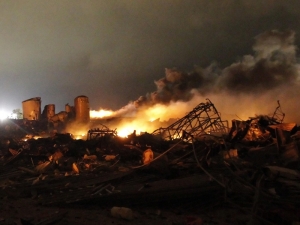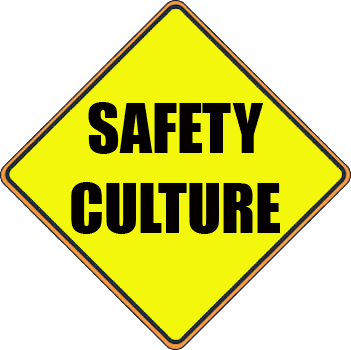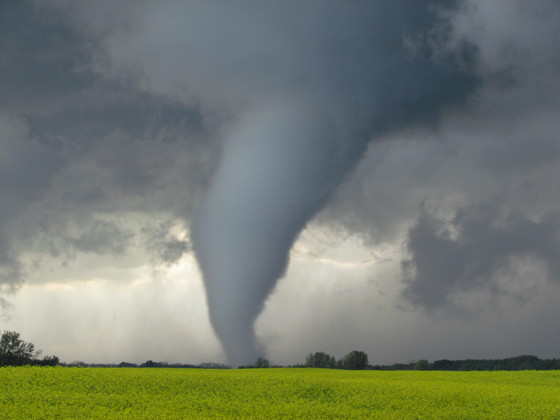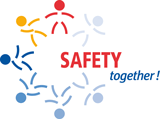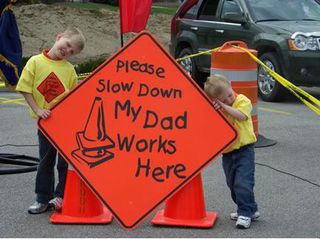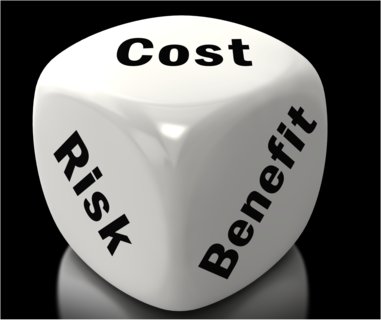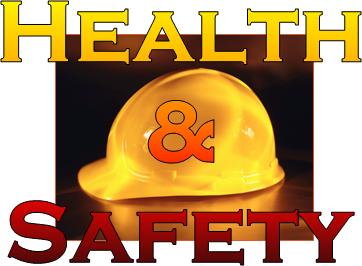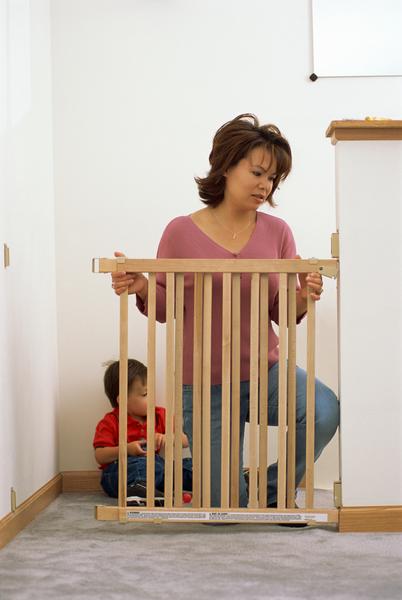“Our thoughts and prayers go out to those that were killed and injured in the fertilizer plant explosion in Texas. Some of those were firefighters. We must never take our firefighters and first responders for granted as they risk their lives everyday on our behalf. “ -Randy Boss
Firefighters at the scene of a massive fertilizer plant explosion in Texas were concerned Wednesday night about anhydrous ammonia. According to the Centers for Disease Control and Prevention, anhydrous ammonia is a pungent gas with suffocating fumes that is used as a fertilizer. When exposed to humans, it can cause various problems:
- Anhydrous means without water
- Anhydrous ammonia can rapidly cause dehydration and severe burns if it combines with water in the body
- Symptoms can include breathing difficulty; irritation of the eyes, nose or throat; burns or blisters.
- Exposure to high concentrations can lead to death.
- Victims require treatment with large quantities of water for at least 15 minutes
- It must be stored at high pressure, according to the University of Minnesota.
- It is a low-cost, highly effective nitrogen-based fertilizer, the University of Arkansas said.
- It is one part nitrogen and three parts hydrogen.
- When released, the vapors initially move close to the ground, causing greater risk for exposure.

